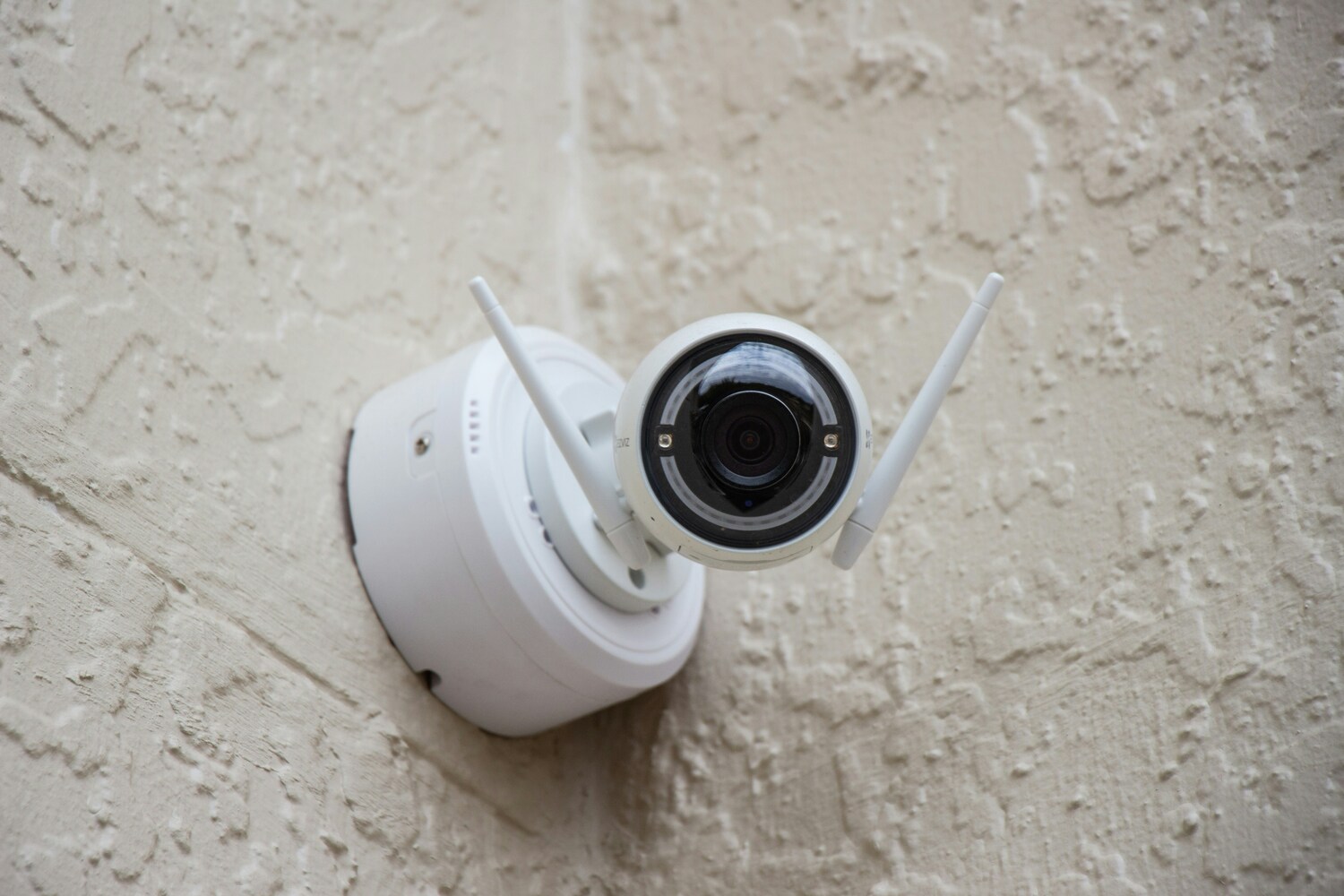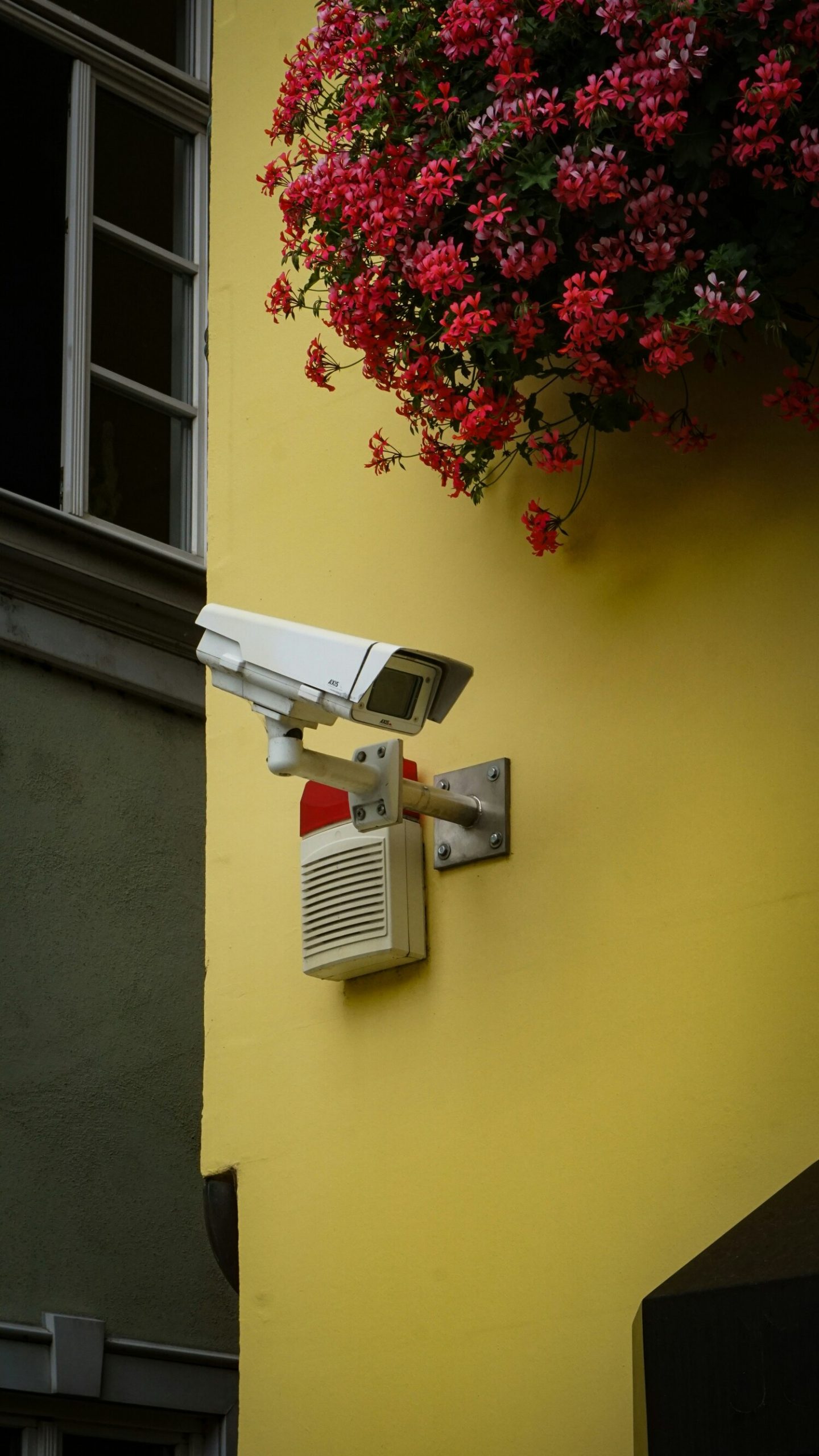
In today’s world, installing a camera on your home or business feels like a no-brainer. Security cameras promise to deter criminals, provide evidence in case of break-ins, and give peace of mind when you’re away. But there’s a growing problem no one wants to admit: Not all surveillance cameras work the way you think they do.
Some are built cheap, some are installed wrong, and others just don’t deliver when it counts. What’s worse? They create a dangerous illusion of safety, making you think you’re protected when you’re actually exposed.
Here are 10 types of surveillance cameras that give people a false sense of confidence, and what you should look out for before relying on them.
10 Surveillance Cameras That Are Giving People False Confidence
1. Fake or Dummy Cameras
They look like the real deal with their blinking lights and mounting brackets, but they don’t record a thing. Dummy cameras are often used as a cheap deterrent, but most criminals can spot the difference. A seasoned thief won’t be fooled by a plastic shell with no lens or a motion light that never moves.
While they might give you a small sense of security, dummy cameras offer zero evidence if something goes wrong. They’re not a backup plan. They’re a gamble.
2. Low-Resolution Cameras
Many budget home cameras advertise “HD quality,” but in reality, their video is grainy, pixelated, or unreliable in motion. Try identifying a suspect from a blurry frame, and you’ll see the problem.
When every detail matters—like a license plate number or facial recognition—low-res cameras fall short. Worse, courts often won’t accept fuzzy footage as credible evidence. If your system can’t clearly show what happened, it’s not protecting you.
3. Cloud-Only Cameras With No Local Storage
Cameras that rely solely on cloud storage can leave you vulnerable during Wi-Fi outages, server errors, or hacking events. If the company goes out of business or you forget to renew your subscription, your footage may disappear altogether.
Without a local backup like an SD card or hard drive, you’re putting all your security eggs in a digital basket that you don’t fully control. Cloud storage is convenient, but it shouldn’t be your only line of defense.
4. Battery-Powered Cameras with Weak Uptime
Wireless, battery-powered cameras are easy to install, but they’re not always reliable. Batteries can die suddenly in cold weather, and some systems record only a few seconds at a time to conserve energy. That means you might miss the moment someone actually enters your property or damages your car. If your camera isn’t powered 24/7, there are blind spots in your security. Rechargeable doesn’t always mean dependable.
5. Motion-Only Recording Cameras
Many smart cameras use motion detection to start recording, which saves memory and bandwidth. But motion sensors aren’t perfect. If a criminal moves slowly, stays just out of range, or disables the camera before triggering it, you might end up with no footage at all.
Motion-only systems can also get overwhelmed with false alerts—like tree branches swaying or cars passing by—which can mask real threats. Unless paired with continuous recording or human detection, these systems can give a dangerously incomplete picture.

6. Indoor Cameras With No Outdoor Coverage
Lots of people install indoor security cameras to watch pets or monitor the front hallway. That’s helpful, but it does little to stop break-ins if you can’t see what’s happening before someone enters.
If your outdoor coverage is nonexistent, you won’t catch package thieves, car vandals, or anyone casing your home. And if an intruder disables the power before coming inside? Your indoor footage might never exist. Real security starts outside your door, not once it’s already open.
7. Cameras With No Night Vision or Poor Quality at Night
Most break-ins happen at night. And yet, many popular camera brands have poor low-light performance, or no night vision at all. Some use infrared that creates ghostly black-and-white images, while others rely on streetlights or porch lights that don’t do the job. If your footage turns into a dark blur when the sun goes down, your “security” camera is more like a placebo. True night vision is a non-negotiable feature for round-the-clock protection.
8. Wi-Fi Dependent Cameras With Weak Signal
Homeowners love Wi-Fi cameras because there are no messy wires, but a weak signal turns them into glorified lawn ornaments. A camera that constantly drops connection or lags during playback won’t catch quick-moving events like theft or vandalism.
Even worse, some thieves carry signal jammers that disrupt Wi-Fi networks. If your system doesn’t have a wired backup or failsafe, it’s vulnerable to a total blackout. Before you go wireless, test your signal strength in all installation areas and plan for contingencies.
9. Cameras Installed in the Wrong Places
A camera aimed at your driveway won’t help if thieves are sneaking in through the back door. Placement is everything. Cameras pointed too high, blocked by bushes, or installed indoors behind glass windows (which can distort night vision and motion sensing) are all common mistakes.
Many people assume that having a camera somewhere is good enough. But coverage gaps and bad angles often result in crucial moments being missed. If your system can’t capture the full story from start to finish, it’s not doing its job.
10. Overhyped Smart Doorbells
Smart doorbells with built-in cameras are all the rage, but they aren’t as foolproof as they appear. Many record only when motion is detected, and if the motion settings are too sensitive or too narrow, you’ll either get constant false alerts or miss real threats.
Some models also suffer from delays between detection and recording, meaning someone could snatch your package and leave before it ever kicks on. Others are easily stolen themselves or blocked with tape or stickers. They’re useful, but only as one piece of a larger, well-designed security system.
Real Security Requires More Than a Lens
There’s no question that surveillance cameras can be powerful tools. But too often, people assume that installing one (or even a dozen) is a guaranteed solution. The reality? Cameras can fail. Footage can disappear. Devices can be outsmarted.
A security system that gives you peace of mind but fails to deliver in a crisis is worse than no system at all. It creates complacency.
So if your camera setup includes any of the examples above, it might be time to rethink your strategy. Because the illusion of safety isn’t just misleading. It’s dangerous.
Have you ever caught (or missed) something important on camera? What did you learn from the experience?
Read More:
10 Home Security Mistakes You’re Probably Making Right Now
10 Hiding Spots That Practically Hand Your Cash to Burglars
Riley Jones is an Arizona native with over nine years of writing experience. From personal finance to travel to digital marketing to pop culture, she’s written about everything under the sun. When she’s not writing, she’s spending her time outside, reading, or cuddling with her two corgis.
Comments